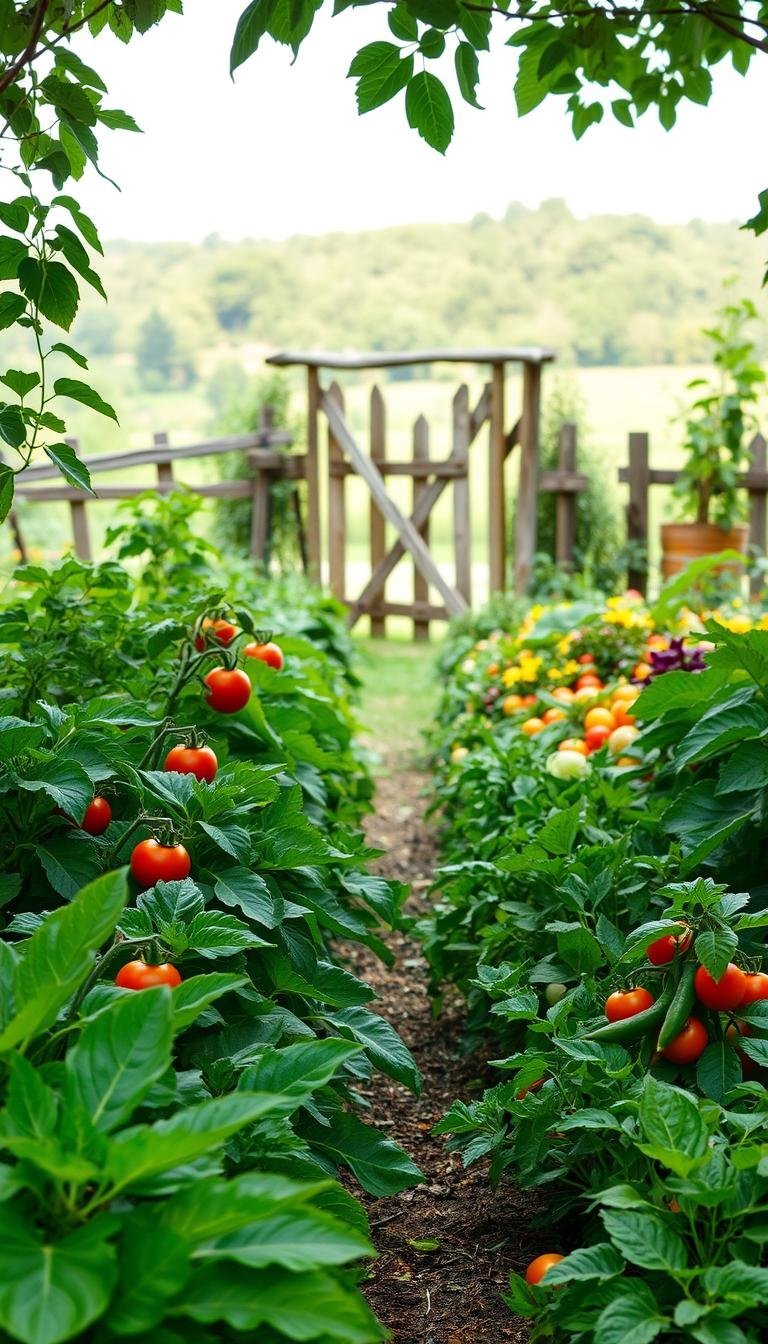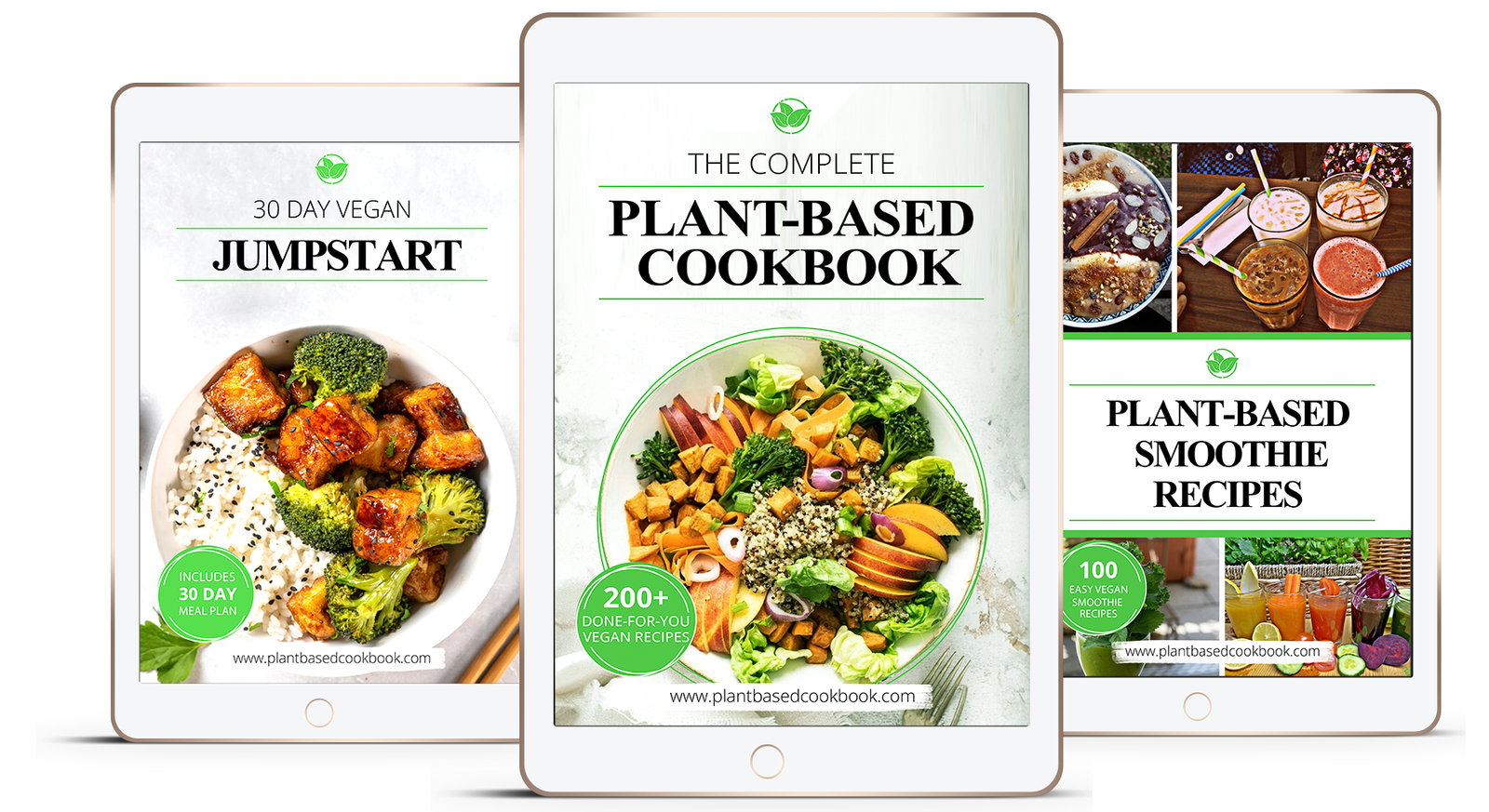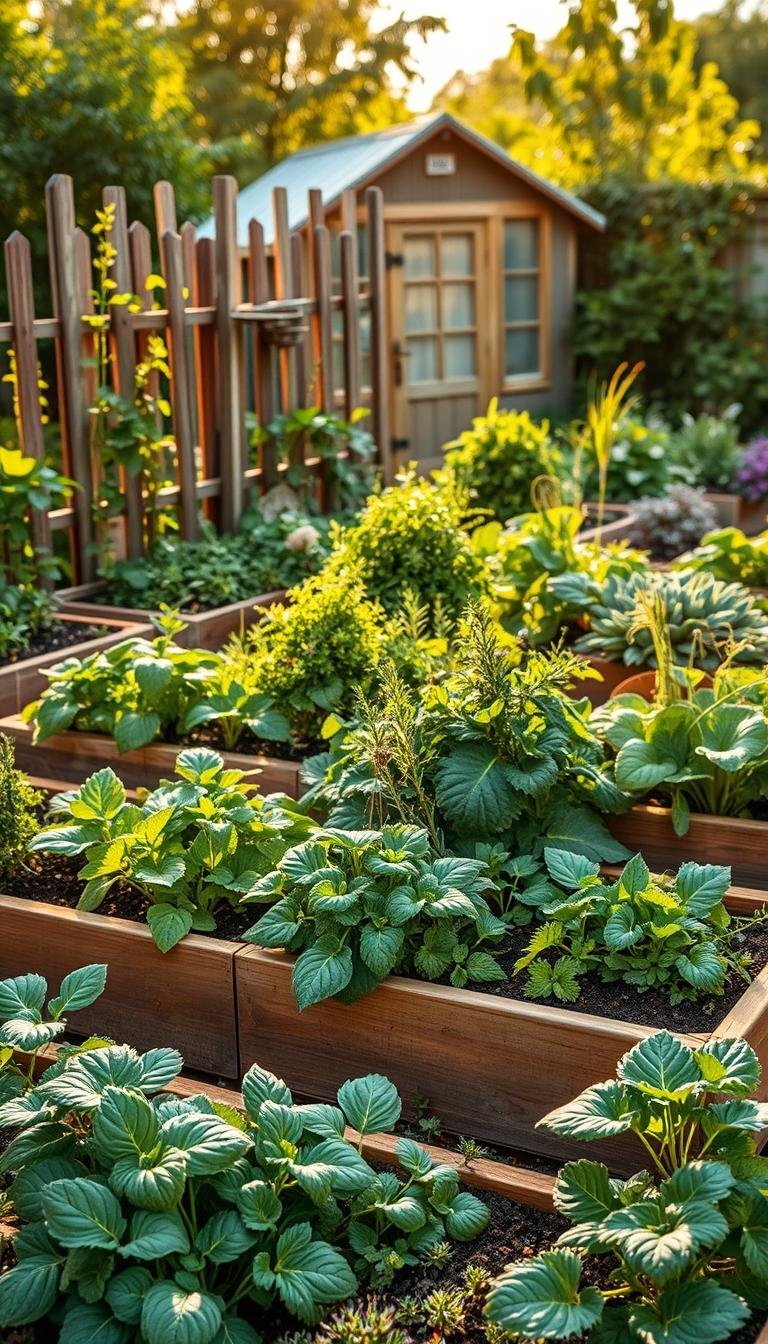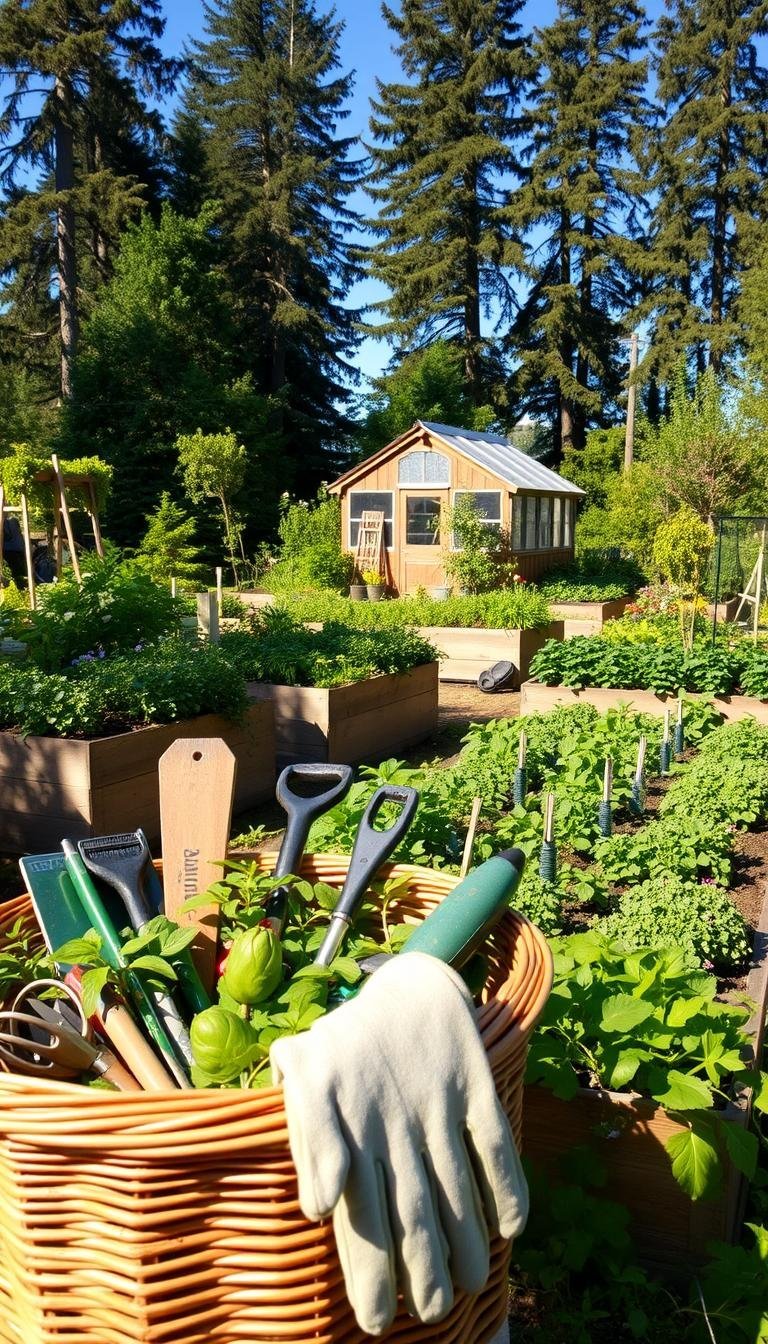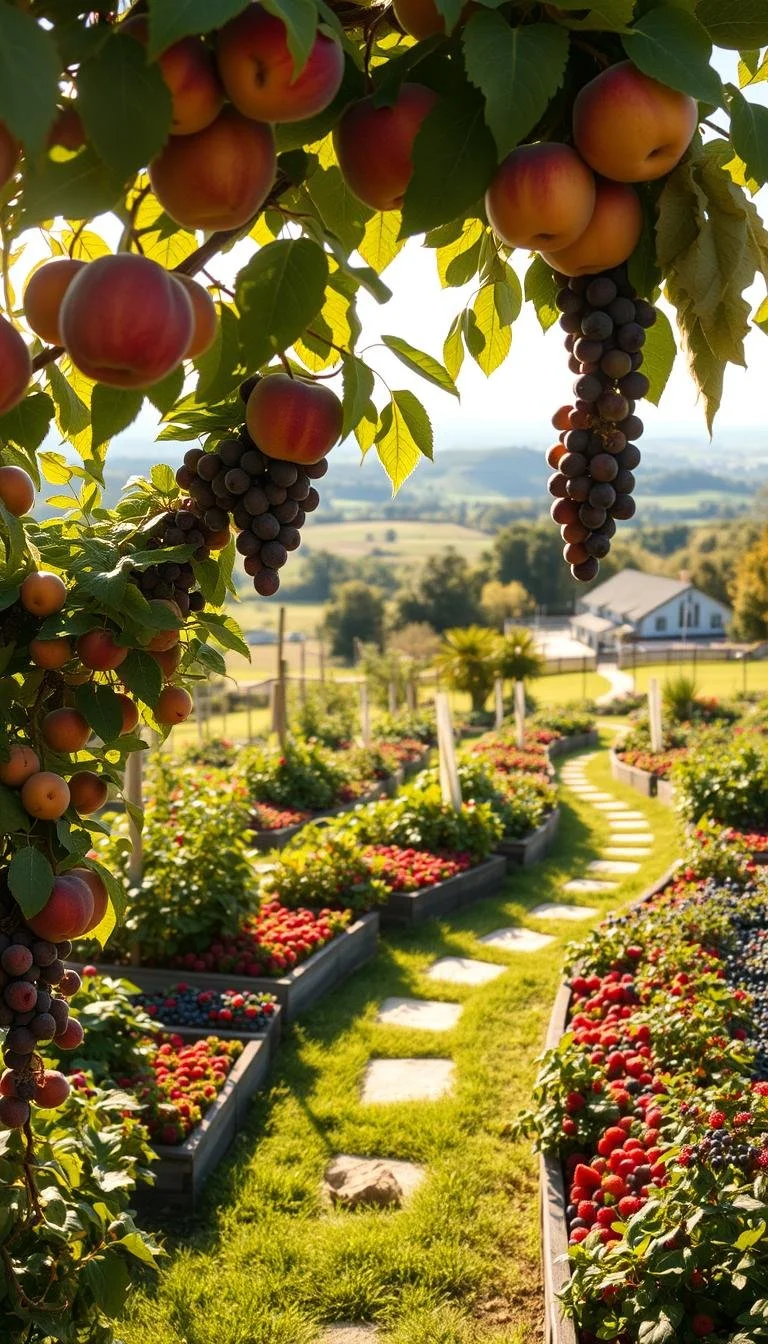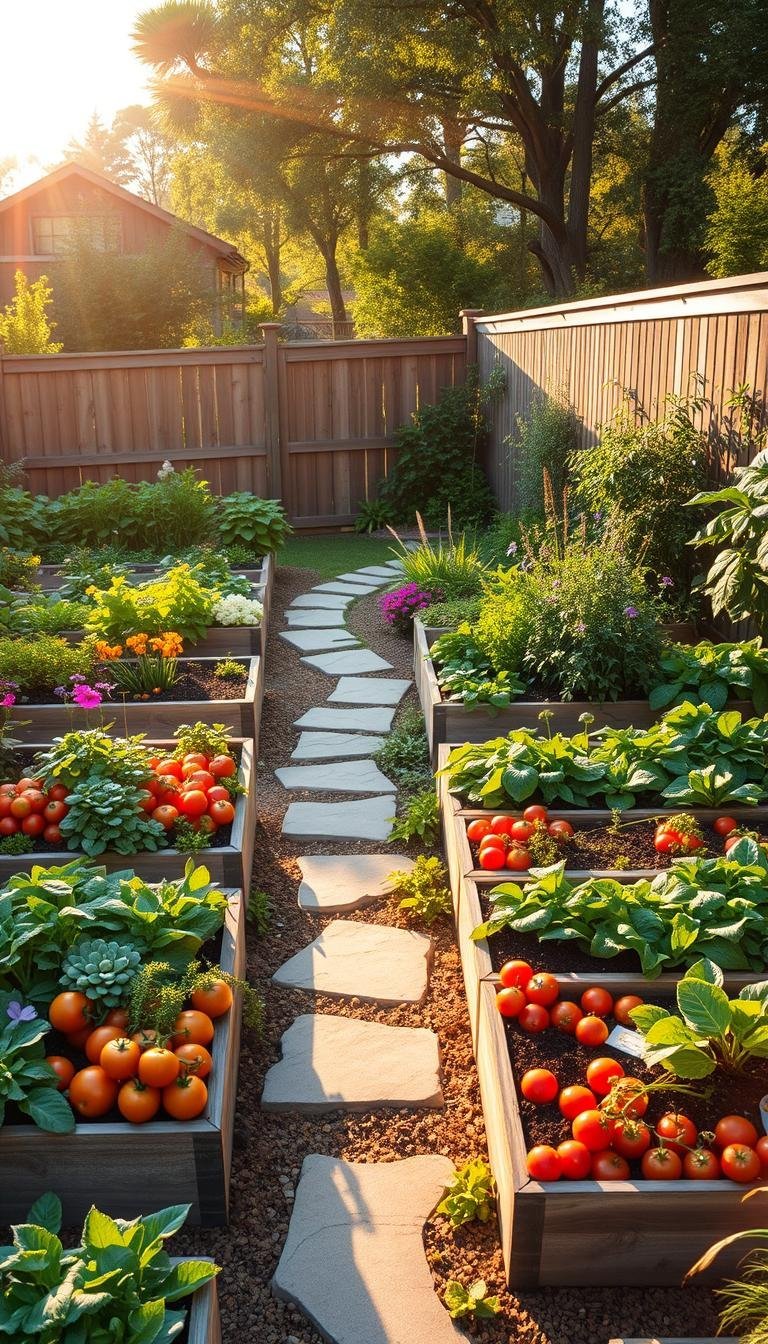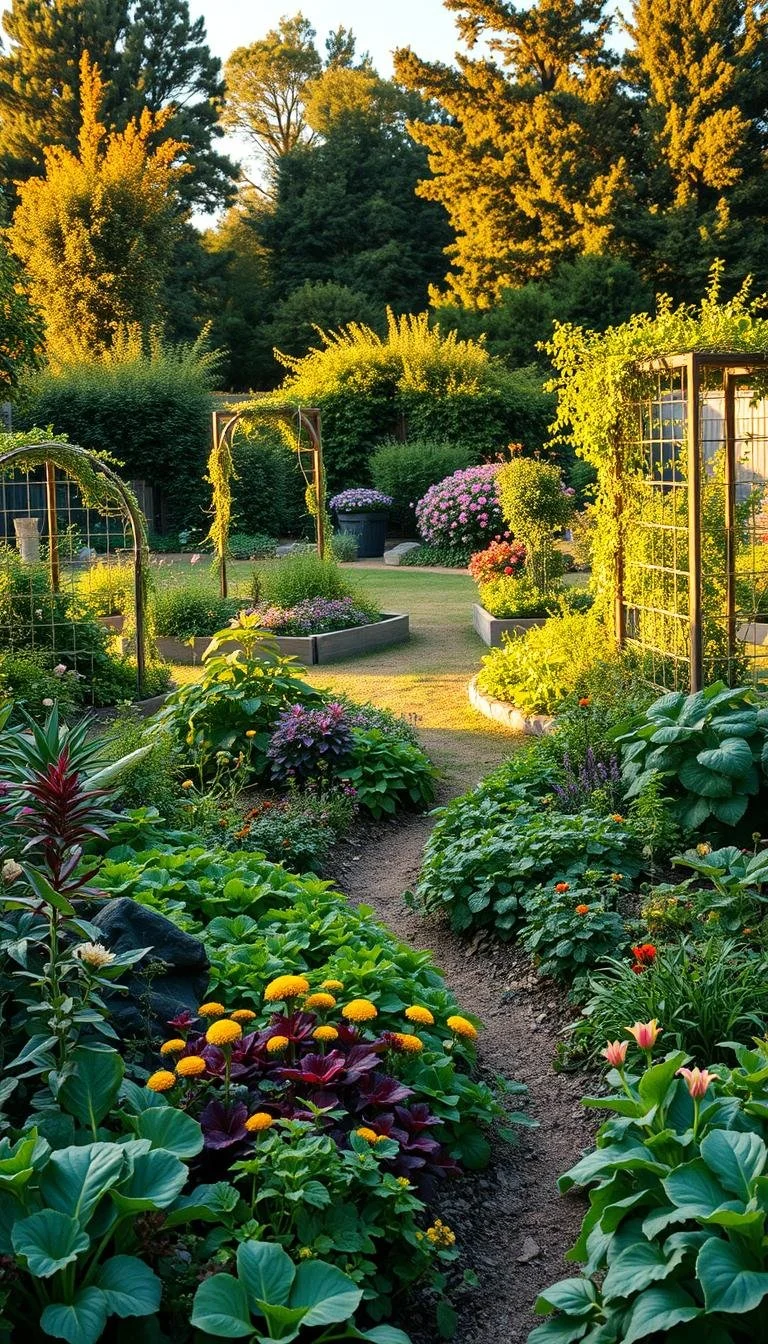(Hey! Some links in this post may be affiliate links — meaning I may earn a small commission if you buy through them, at no extra cost to you. As an Amazon Associate, I earn from qualifying purchases. I only share products I genuinely love and think you’ll find useful too. Read the full disclosure here).
Imagine biting into a sun-warmed tomato or pulling crisp carrots from soil you’ve nurtured. Growing your own vegetables brings flavor and freshness to meals. It also saves money at the grocery store. More people are discovering the joy of veggie garden ideas as they seek healthier lifestyles and connections to their food sources.
Whether you have a backyard, balcony, or just a sunny windowsill, this guide shares simple veggie garden ideas suited to any space. Learn how growing your own vegetables can improve nutrition, reduce costs, and spark creativity. From vertical gardens to container setups, every tip is designed for beginners and experts alike.
🌿 Want to Take Your Garden to the Next Level?
If you're serious about growing your own food and becoming more self-reliant, The Self-Sufficient Backyard is a must-read...
🌱 Learn MoreContents
- 1 Starting Your Veggie Garden: Essential Steps
- 2 Best Vegetables for Beginners
- 3 Vertical Gardening: Maximizing Space
- 4 Container Gardening for Limited Spaces
- 5 Organic Gardening: Benefits and Practices
- 6 Raised Bed Gardens: A Smart Choice
- 7 Seasonal Gardening: Planting Calendar
- 8 Edible Landscaping: Combining Beauty and Function
- 9 Community Gardening: Sharing the Harvest
- 10 DIY Gardening Projects for Fun and Function
- 11 Sustainable Practices in Your Veggie Garden
- 12 Troubleshooting Common Gardening Issues
Starting Your Veggie Garden: Essential Steps
Starting your own backyard vegetable garden is easier than you think. Follow these vegetable gardening tips to ensure your plants thrive from day one. A well-planned start sets the stage for a bountiful harvest.
Choosing the Right Location
Begin by scouting spots in your yard. Look for areas with full sun, ideally south-facing in cooler climates. Keep the garden near a water source to simplify daily care. Avoid low-lying areas prone to flooding. Protect seedlings with windbreaks like fences or hedges.
- Choose a sunny, well-drained spot.
- Stay within 50 feet of a water source.
- Shield plants from strong winds with natural barriers.
Assessing Sunlight and Soil Quality
Track sunlight patterns for a week. Most veggies need 6-8 hours daily. Test soil pH with a kit from garden centers. Aim for 6.0–7.0 for most crops. Amend paragraphs with actionable steps:
- Use a sunlight calculator app to map daily light.
- Amend clay soil with compost to improve drainage.
- Add lime or sulfur to adjust pH levels as needed.
Planning Your Layout
Sketch a rough map before planting. Group tall plants like tomatoes at the north end to avoid shading smaller crops. Alternate rows for better air flow. Consider square-foot gardening in small spaces. Leave 18–24 inch pathways for easy weeding and harvesting.
Remember: A thoughtful layout prevents overcrowding and boosts productivity. Start small and expand as you gain confidence!
Best Vegetables for Beginners
Starting an urban vegetable garden? Choose varieties that need little care. These easy-to-grow picks offer big rewards for new gardeners. Follow these vegetable gardening tips to ensure success.
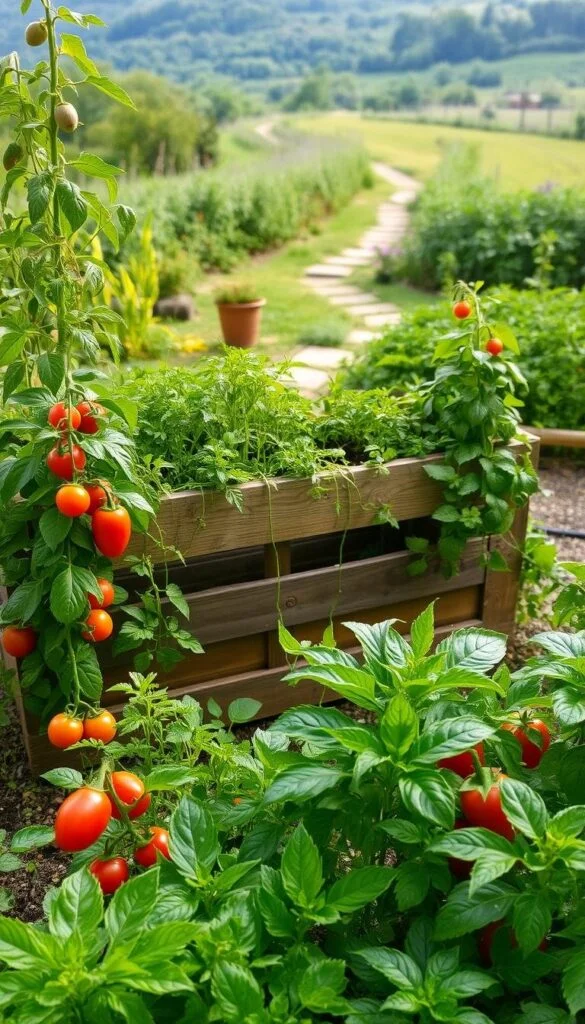
Easy-to-Grow Options
Begin with these top performers:
- Zucchini: Produces prolifically even in partial shade.
- Cherry tomatoes: Compact plants perfect for containers in urban spaces.
- Leafy greens like lettuce and spinach: Harvest leaves continuously for salads.
- Radishes: Mature in just 3-4 weeks—great for quick wins.
- Bush beans: No staking needed, saving space in small gardens.
Timing for Planting
Follow this simplified calendar for urban vegetable garden success:
- Early spring: Sow peas and spinach as soil thaws.
- After last frost: Plant tomatoes and beans in warm soil.
- Fall: Replant lettuce and radishes for second harvests.
Check local frost dates at your local cooperative extension service for precise timing.
Companion Planting Benefits
“Pairing carrots with onions deters pests naturally,” says gardening expert Jane Smith. “Tomato plants grow stronger with basil nearby.”
Combine plants strategically to boost yields:
- Cucumbers + sunflowers for natural trellises
- Cabbage + dill to attract beneficial insects
These techniques maximize space in small urban plots while reducing chemical use. With these vegetable gardening tips, even first-time growers can enjoy a thriving harvest.
Vertical Gardening: Maximizing Space
Turn even the smallest urban vegetable garden into a green oasis. Use vertical solutions to make walls and fences grow fresh veggies. This works great for balconies, patios, or backyard corners.
“Vertical gardening isn’t just about saving space—it’s a game-changer for urban growers.”
Benefits of Vertical Gardens
- Increases growing area by 300-500% compared to traditional layouts
- Reduces pest pressure by improving airflow
- Cuts water waste through targeted irrigation
Top Plants for Vertical Success
Climbers like cucumbers and beans do well on trellises. Use tiered planters for leafy greens. Cascade strawberries from hanging baskets. Even tomatoes can grow vertically with sturdy stakes.
DIY Projects to Try Today
- Pallet planters: Drill holes in recycled wooden pallets for tiered planting
- Wall-mounted gutters: Arrange metal gutters horizontally on fences for herb trails
- Stacked tire towers: Paint old tires in bright colors and stack them for compact crops
If you’re into rustic garden projects, this DIY pallet planter box tutorial walks you through how to build a charming and practical vertical planter using reclaimed wood.
These veggie garden ideas are perfect for apartments, condos, or city lots. Start with a single trellis and grow as you get more confident. Every wall or fence can become a place to harvest when you think vertically!
Container Gardening for Limited Spaces
Urban garden lovers can make small areas into green spots with container gardening. Even without a yard, pots and planters let you grow fresh food all year. Choose containers that meet your plants’ needs and fit your space.
Best Containers for Vegetables
Find containers with drainage holes and the right size. Good choices include:
- Terra cotta pots for herbs and tomatoes
- Stackable plastic towers for leafy greens
- Self-watering buckets for beans or peas

Soil and Drainage Tips
Don’t use regular garden soil—it can harm roots. Instead, use:
- Pre-mixed potting soil with peat or coconut coir
- Drainage rocks or gravel at the base of pots
- Moisture-retaining crystals to reduce watering
Creative Container Arrangements
Set up planters to catch sunlight and look good. Try these ideas:
- Hang strawberries in vertical planters
- Cluster pots by plant needs—shade lovers near porches
- Use tiered stands for multi-level growth
With the right setup, container gardening can thrive in apartments or patios. Mix colors and textures to make your garden both useful and pretty.
Organic Gardening: Benefits and Practices
Gardening without chemicals makes food healthier and spaces greener. Organic gardening turns small areas into rich food sources. It also protects local ecosystems. Every step, from planting to harvest, benefits your family and the planet.
Importance of Organic Produce
Organic veggies avoid harmful pesticides. Studies show they often have more vitamins and minerals. Growing your own also saves money and keeps food fresh.
Natural Pest Control Methods
Use these green gardening tips to protect your plants:
- Row covers block pests like aphids
- Plant basil or chives to deter insects
- Make sprays with neem oil or garlic water
Organic Fertilizers to Use
Improve soil with these natural options:
- Compost from kitchen scraps
- Bone meal for phosphorus
- Alfalfa meal as a nitrogen source
Start with composting and grow your skills. Small steps lead to a vibrant, eco-friendly garden for all to enjoy!
Raised Bed Gardens: A Smart Choice
Raised bed gardening turns any backyard into a productive garden. These beds have better drainage, warmer soil, and easy access. They’re perfect for poor soil or small spaces, giving you full control.
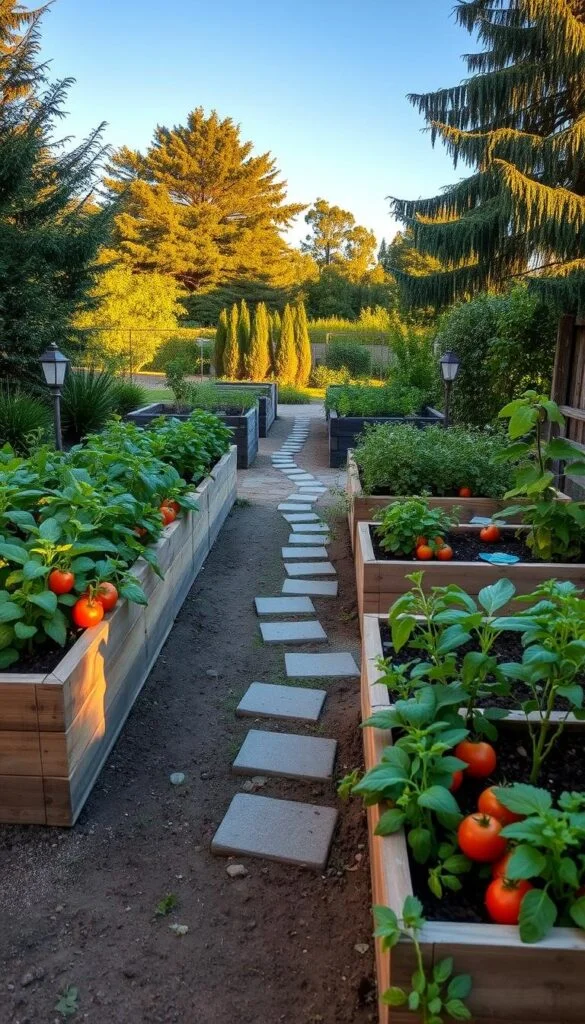
Building Your Own Raised Bed
Choose materials like untreated cedar, composite boards, or cinder blocks. Stay away from pressure-treated wood for a safe garden. Beds are best at 4×4 feet and 8–12 inches tall for easy access.
Put them in sunny spots with level ground. Use corner brackets or screws to keep them stable.
Soil Mixing for Healthier Plants
Mix topsoil, compost, and perlite for the best soil. A 4x4x1-foot bed needs about 16 cubic feet of mix. Add 2 inches of compost each year to keep nutrients up.
Check the soil pH yearly and adjust with lime or sulfur if needed.
Maintenance Tips for Raised Beds
Water deeply but less often, as the soil dries faster. Use a moisture meter to avoid too much water. Mulch with straw or shredded leaves to keep moisture in and weeds out.
Use row covers or cloches to extend the growing season. Rotate crops yearly to prevent pests and nutrient loss.
Seasonal Gardening: Planting Calendar
Learning about seasonal changes is key to a successful garden. It helps you enjoy vegetable gardening tips all year. No matter where you live, from USDA zones 3-9, knowing when to plant keeps your garden lively and rewarding.
Spring Planting Guide
When the soil warms up, it’s time to get started. Mix compost into your beds and plant peas, spinach, and radishes right away. Start tomatoes, peppers, and eggplants indoors 4-6 weeks before the last frost.
Use row covers to keep seedlings safe from late frosts.
Summer Vegetables to Grow
- Tomatoes: Cage plants early to support fruit
- Cucumbers: Mulch heavily to retain moisture
- Squash: Rotate crops yearly to deter pests
Water deeply to avoid leaf diseases. Shade lettuce and other leafy greens from the sun with shade cloth.
Fall and Winter Prep
Plant cold crops like kale and Brussels sprouts in late summer. Mulch with straw to keep roots warm as it gets colder. Use cold frames or hoop tunnels to grow food into winter.
Plant cover crops like clover in empty spots to enrich the soil. Adjust your planting schedule based on frost dates. Keep a calendar in your garden shed to remember important dates, like planting garlic in October or picking carrots before the first freeze. Small actions now lead to big harvests next year.
Edible Landscaping: Combining Beauty and Function
Edible garden design makes outdoor spaces into living art that feeds both the senses and the table. Imagine a flower bed with heirloom tomatoes next to roses, or a border of variegated sage around a walkway. This way, yards become both beautiful and useful, blending Veggie Garden Ideas with traditional landscaping.
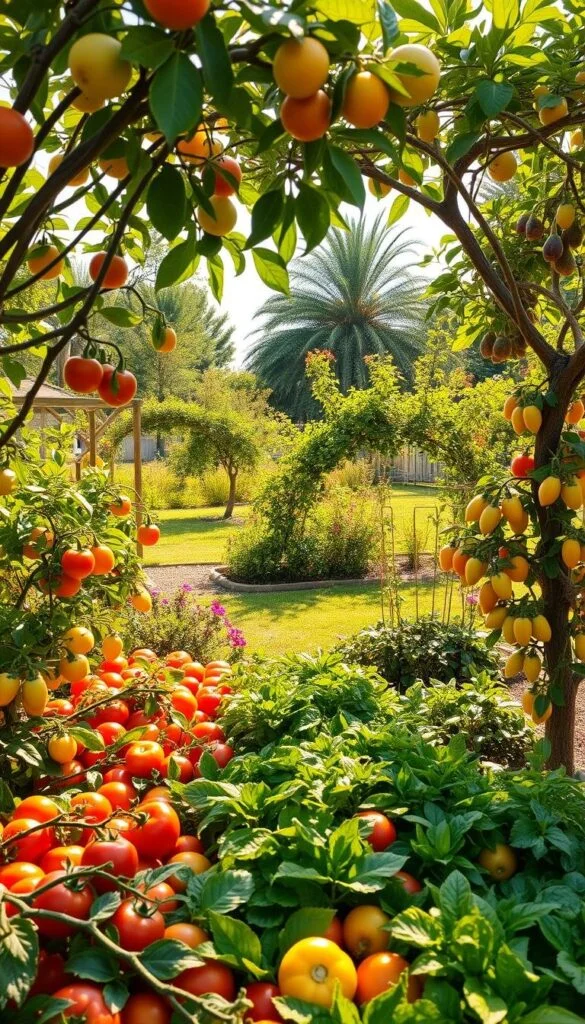
Integrating Vegetables into Flower Beds
Combine veggies with flowers for interest all year. Use ornamental kale as a centerpiece or strawberries in stone paths. Plants like red-leaf lettuce and chartreuse chard add color and are edible. They mix well with flowers.
Aesthetic Layout Ideas
- Create vertical interest with trellised peas or climbing beans.
- Repeat colors: plant purple basil with lavender or bronze fennel.
- Use geometric patterns with rows of rainbow chard or parsley mounds.
Popular Edible Plants for Landscaping
Choose plants that are both beautiful and useful:
- Fruit trees like dwarf peaches or figs as garden anchors.
- Berry bushes (blueberries, raspberries) as low-maintenance hedges.
- Herbs such as thyme or oregano as groundcover between stepping stones.
Edible garden design breaks the barrier between practical and pretty. Whether it’s edible hedges or flower borders, every yard corner becomes a feast for the eyes and taste. Start small with a raised bed of mixed lettuces and pansies. Watch as your garden grows.
Community Gardening: Sharing the Harvest
Turning a backyard into a community garden brings neighbors together. They grow food and build connections. It’s a way to make fresh produce available to everyone. Learn how to join or start one today.
Finding or Starting a Community Garden
- Search the American Community Gardening Association directory for local plots.
- Contact city parks departments or neighborhood groups to explore shared spaces.
- Starting new gardens? Follow steps like securing land, forming a team, and planning layouts that use sustainable gardening practices.
Benefits of Gardening with Others
Working together builds skills and strengthens communities. Members get fresh food, learn new techniques, and make lasting bonds. Studies show these spaces improve mental health and reduce food insecurity in neighborhoods.
Teams can divide chores like weeding, watering, or planting. Some members might focus on tomatoes, others on herbs, ensuring variety. Sharing tools and resources cuts costs and boosts efficiency.
Harvests are often split fairly, with surplus donated to local food banks. This approach mirrors sustainable gardening practices by reducing waste and fostering equity.
DIY Gardening Projects for Fun and Function
Turn everyday items into garden must-haves with these Veggie Garden Ideas. DIY projects save money and support organic gardening. They add fun and usefulness to your garden, no matter your skill level.
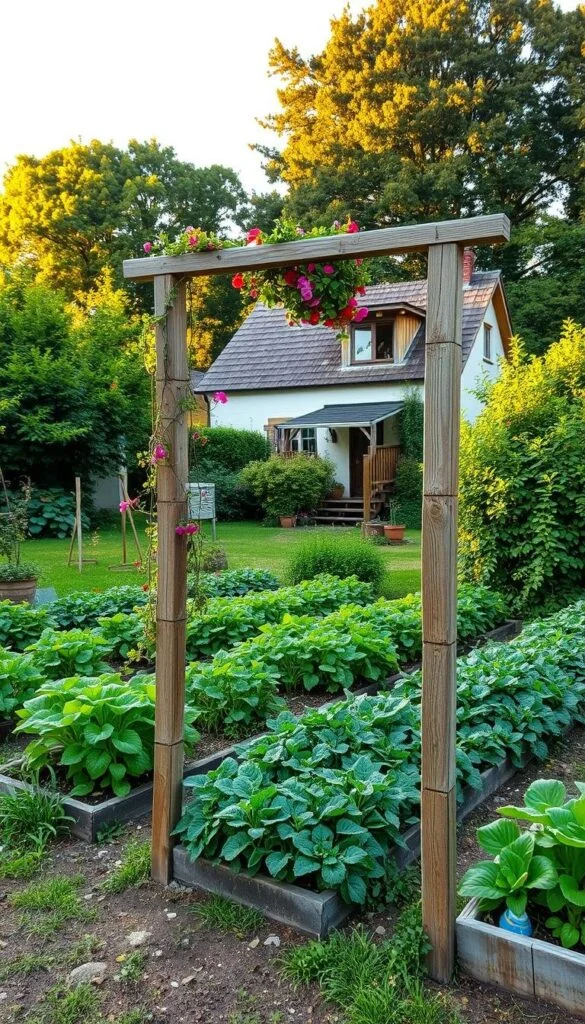
Building Garden Trellises
Climbing plants need strong support. Use bamboo, recycled wood, or metal for trellises. Try these vertical Veggie Garden Ideas:
- A-frames for peas and cucumbers
- Obelisks for vining crops
- Arched trellises as garden focal points
Making Compost Bins
Make compost from kitchen scraps for rich soil. Here are some organic gardening ideas:
- Wire mesh cylinders for compact spaces
- Three-bin setups to manage compost stages
- Recycled plastic drums with drainage holes
Upcycling for the Garden
Use old items like pallets, jars, and containers for garden tools:
- Yogurt cups as seedling starters
- Dressers converted into tiered planters
- Wine bottles turned into self-watering pots
These projects cut down on waste and make your garden better. Every DIY project helps the environment, making your garden beautiful and useful.
Sustainable Practices in Your Veggie Garden
Start making your garden eco-friendly with sustainable gardening practices. These methods help protect our resources and make your garden more productive. They also support organic gardening ideas, which are good for both the earth and your harvest.
Water Conservation Techniques
- Install drip irrigation or olla clay pots to target roots and cut waste.
- Harvest rainwater with barrels for a free, eco-friendly water source.
- Mulch beds with straw or wood chips to lock in moisture and suppress weeds.
Crop Rotation for Soil Health
Rotate veggies yearly to avoid nutrient depletion. Group plants by family—like tomatoes with peppers—and follow with legumes to restore nitrogen. A 3-year rotation plan keeps soil fertile without synthetic additives.
Attracting Beneficial Insects
Plant pollen-rich flowers like marigolds or borage near veggies. Add hollow reeds or leave leaf litter to shelter ladybugs and lacewings. Avoid pesticides to let nature’s pest control thrive.
Small steps like these make a big difference. Even adding one new practice this season helps nurture both your garden and the planet. Over time, these choices save water, enrich soil, and reduce reliance on chemicals—all while growing fresh, homegrown veggies.
Troubleshooting Common Gardening Issues
Gardening comes with its own set of challenges. This section provides tips to tackle problems like diseases, pests, and soil issues. Making small changes can make a big difference.
Identifying Plant Diseases
Yellow leaves or spots often mean disease. Look for mold, wilting, or color changes on leaves. Too many plants or poor air can lead to fungus.
Make sure plants have enough space and remove sick leaves. Choose disease-resistant varieties like ‘Iron Duke’ tomatoes. Early treatment with organic solutions like neem oil can stop diseases from spreading.
Dealing with Pests
Slugs, aphids, or beetles might show up. Use row covers to keep pests away. Ladybugs are great for controlling aphids.
Handpick bigger pests or use soapy water to spray them. Stay away from harmful chemicals to protect bees and butterflies. Regular checks help catch problems early.
Managing Soil Nutrients
Yellow leaves or slow growth mean your soil might be lacking. Test your soil’s pH and nutrient levels with a home kit. Fix any gaps with compost or balanced fertilizers.
Change your crop layout every year to keep the soil rich. Mulching helps keep moisture in and adds nutrients.
Keep a gardening journal to track your plants’ health. Use what you learn each season to improve your garden. Even seasoned gardeners can learn from their mistakes.

